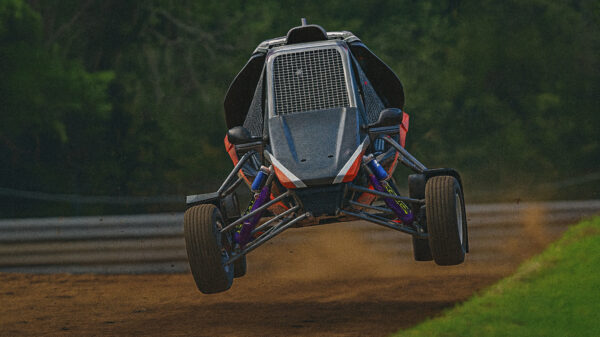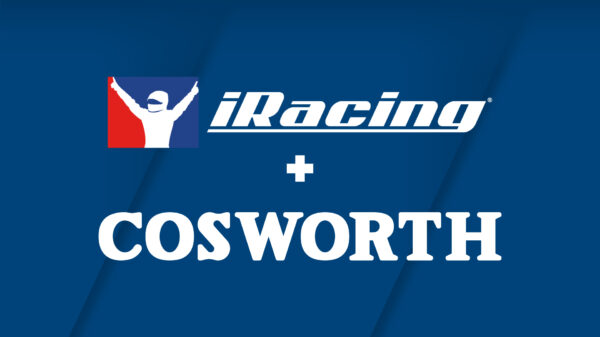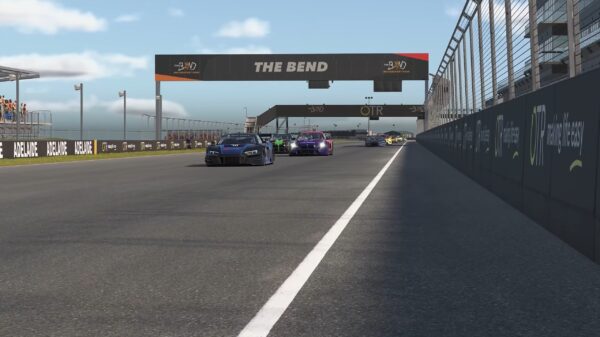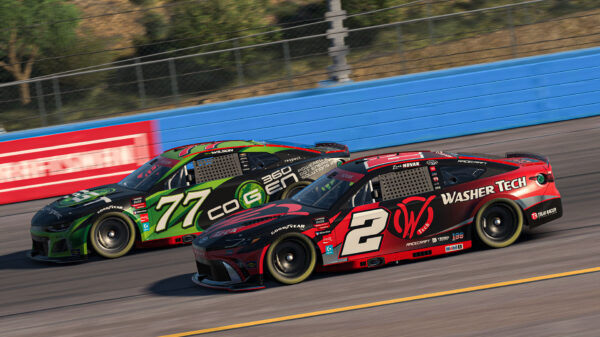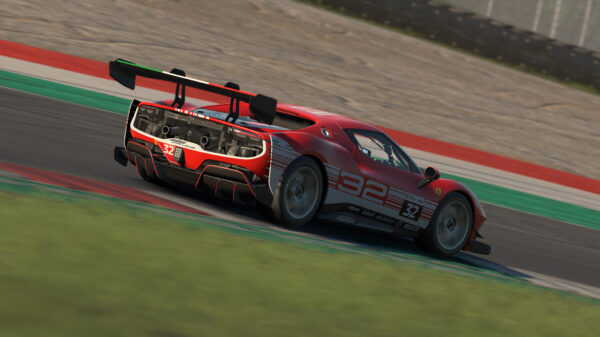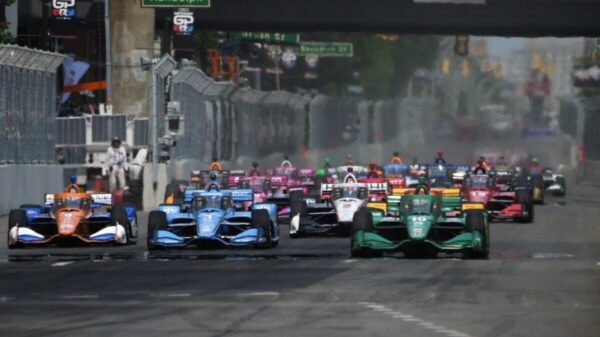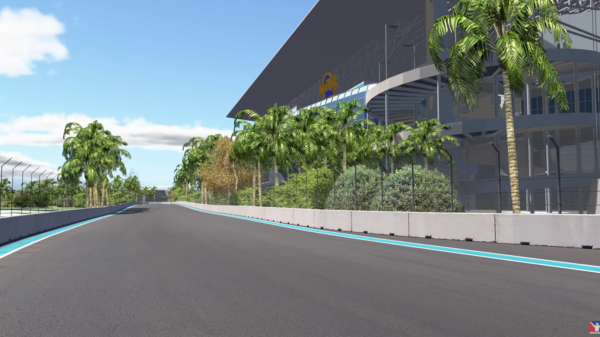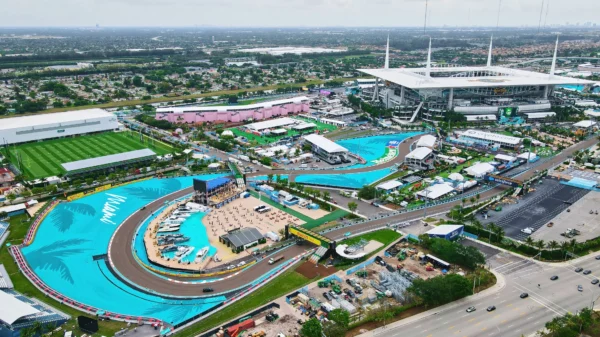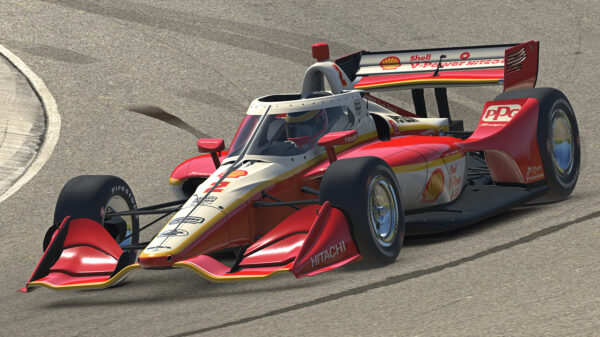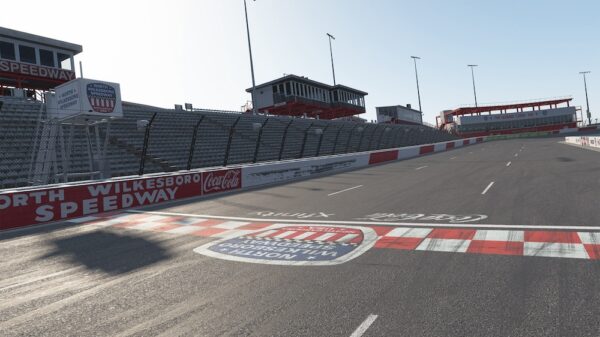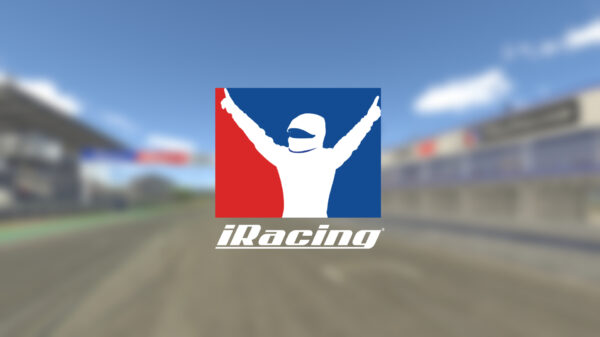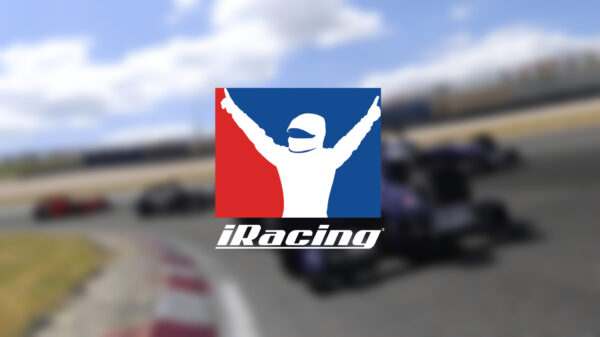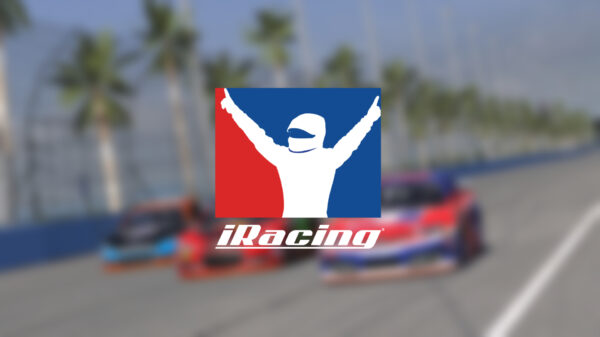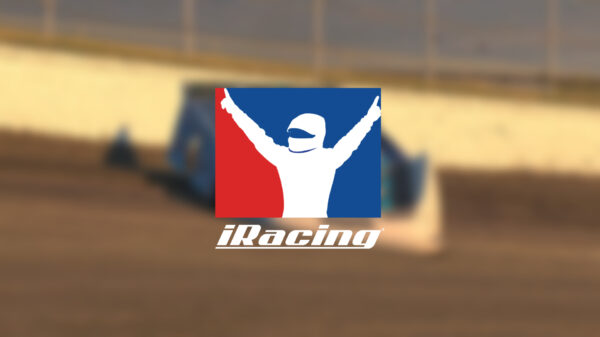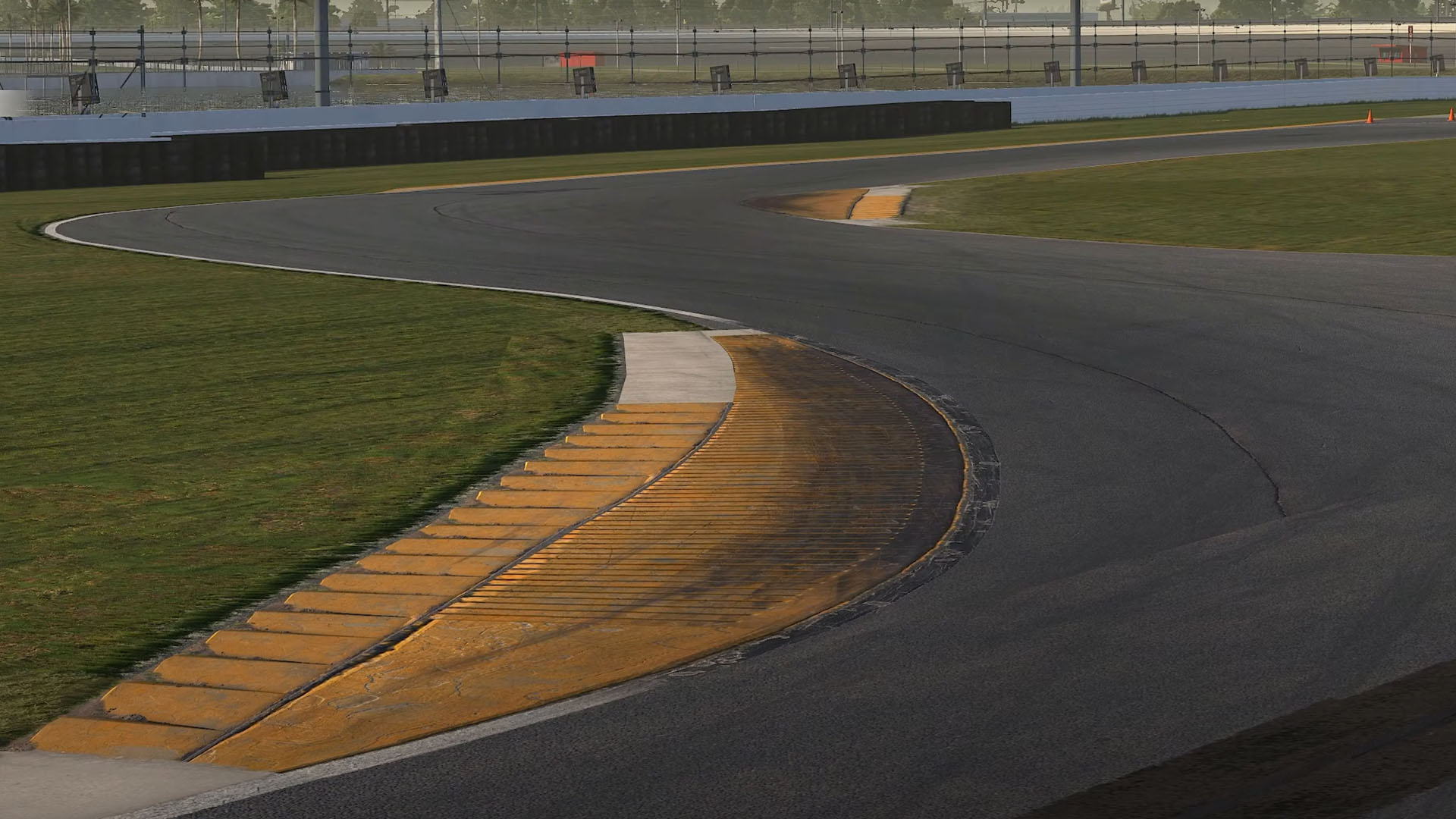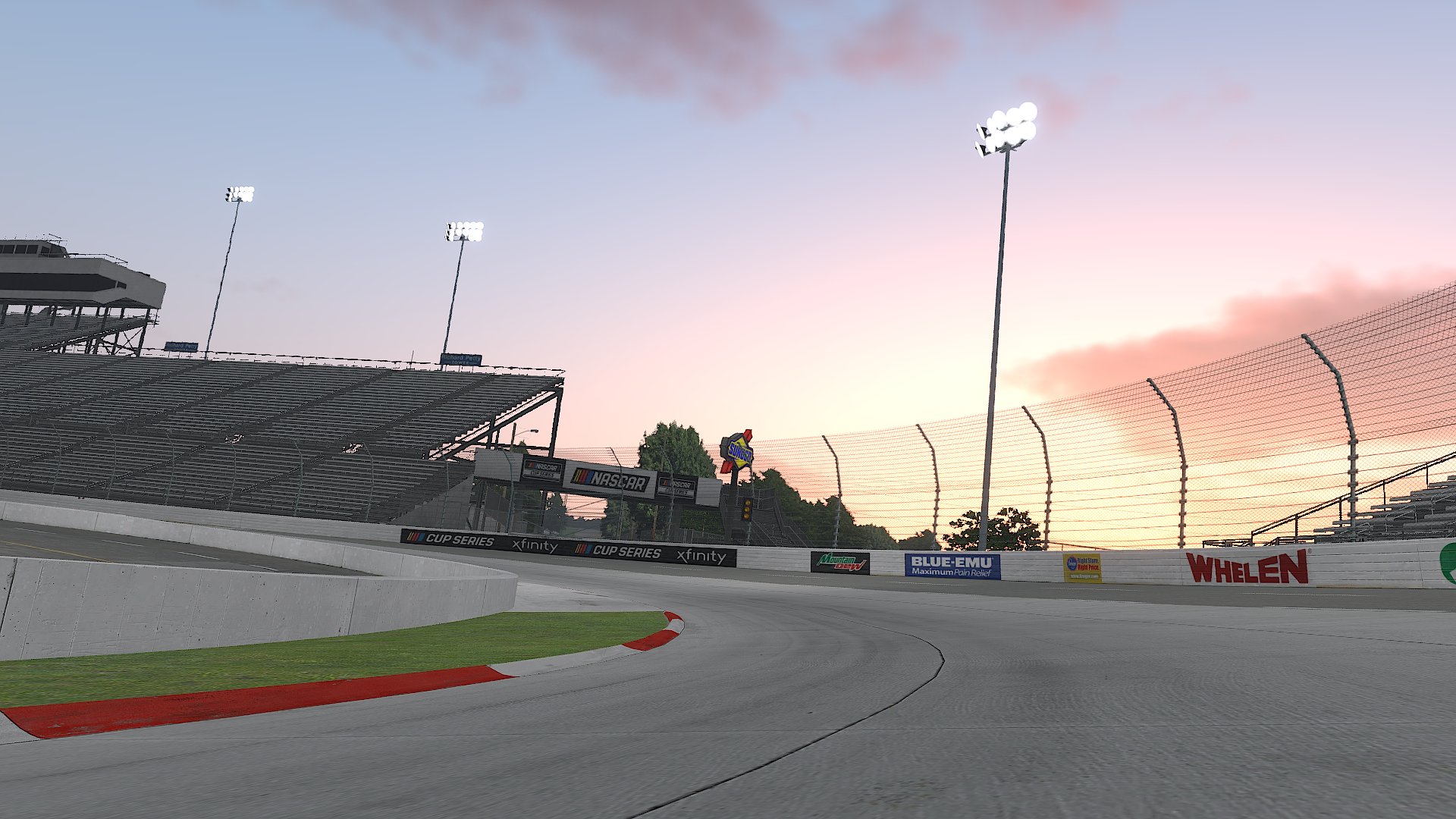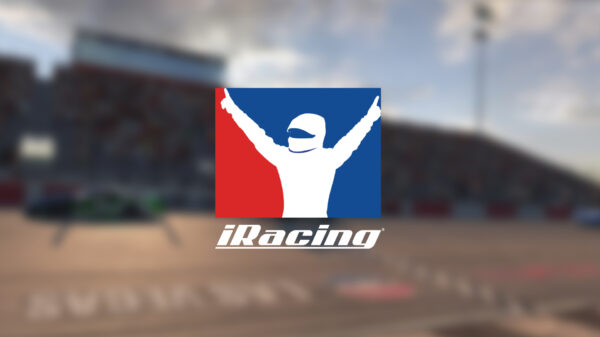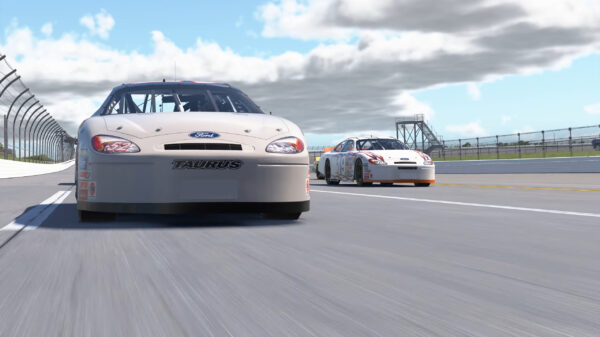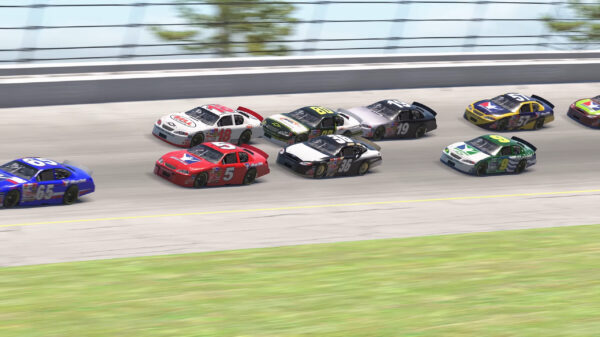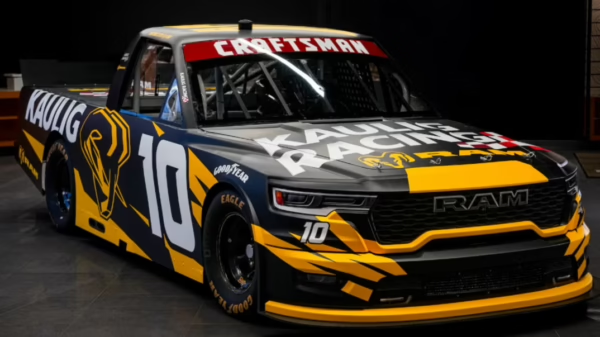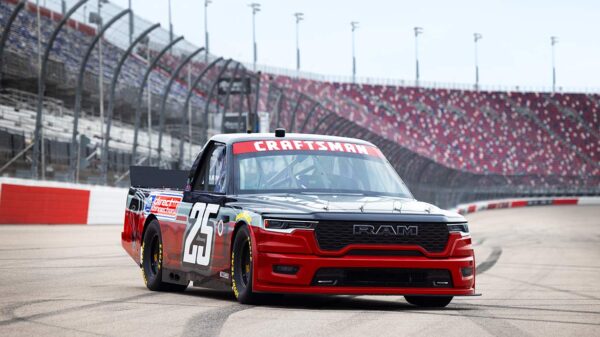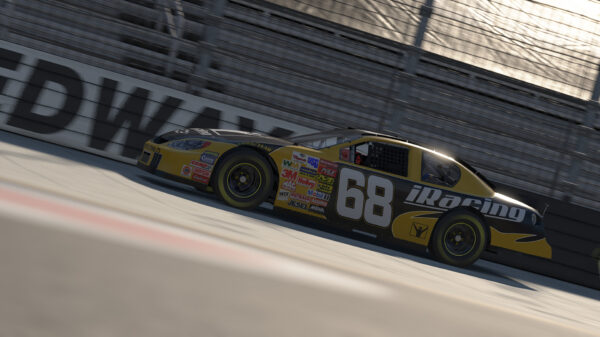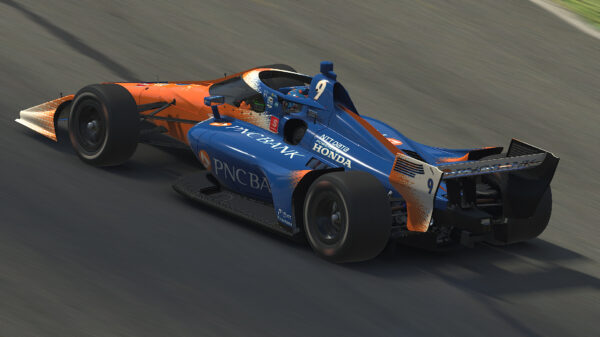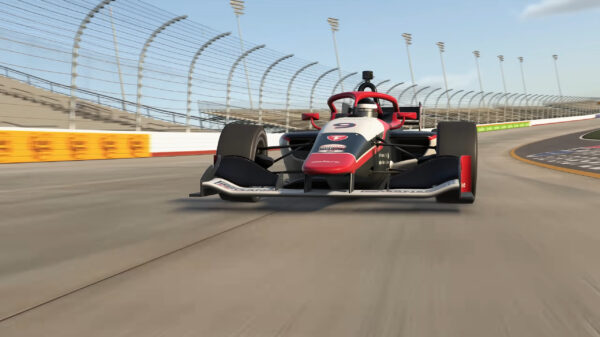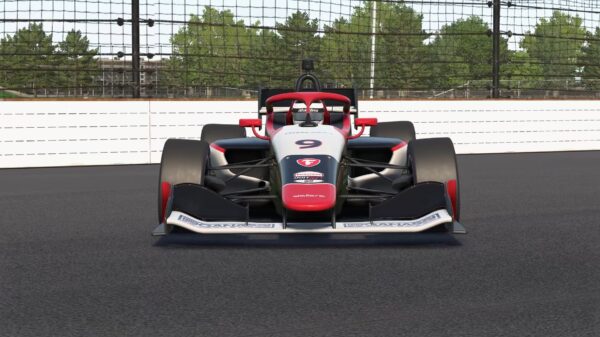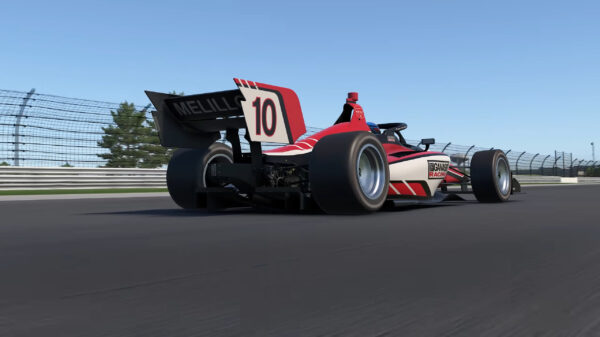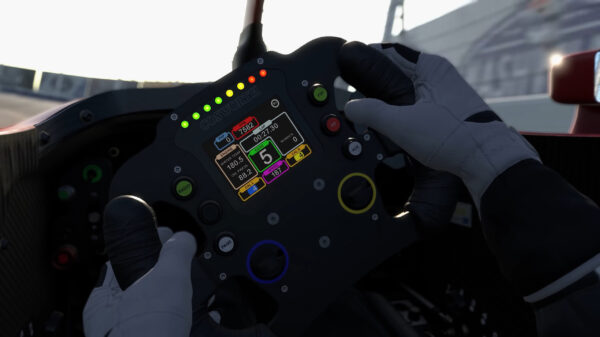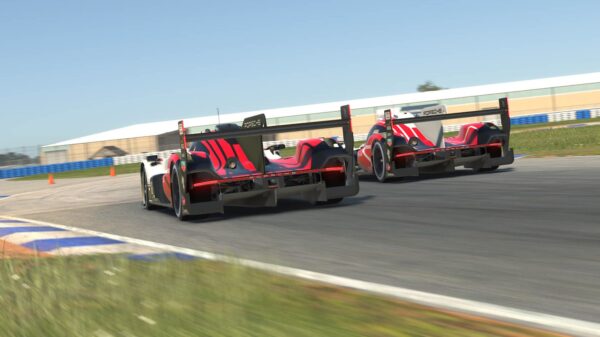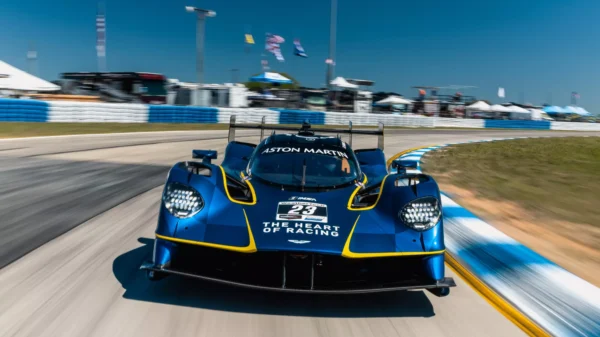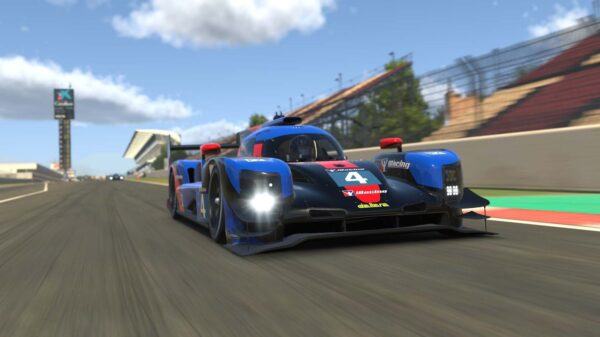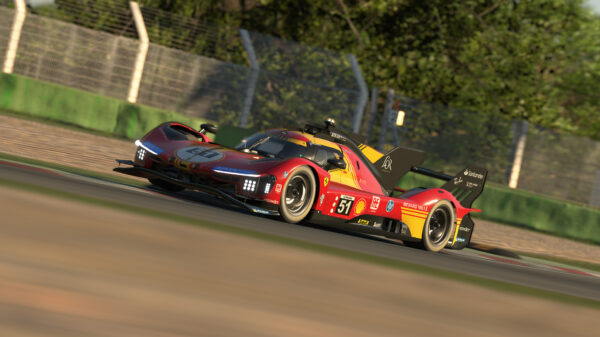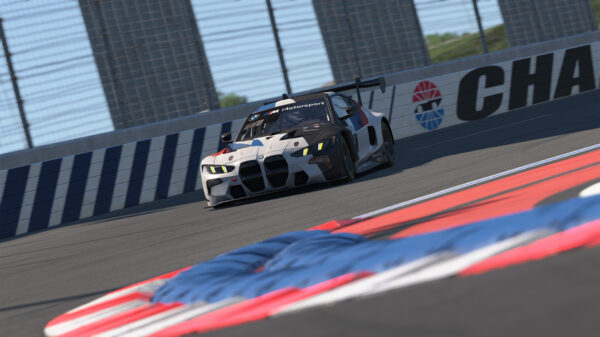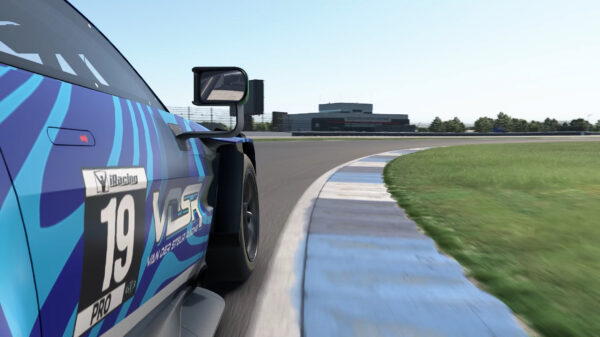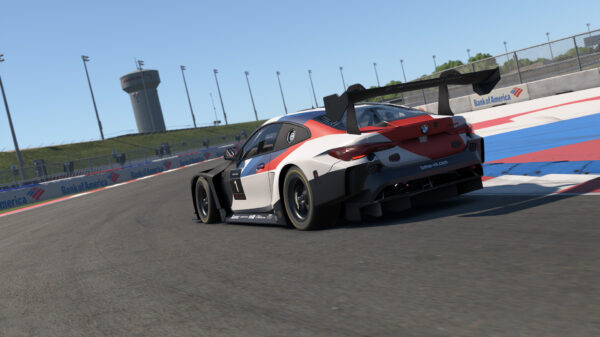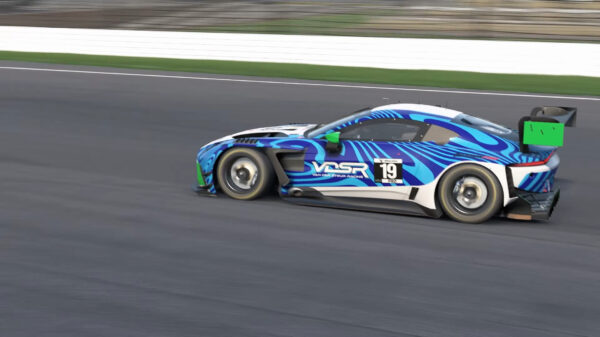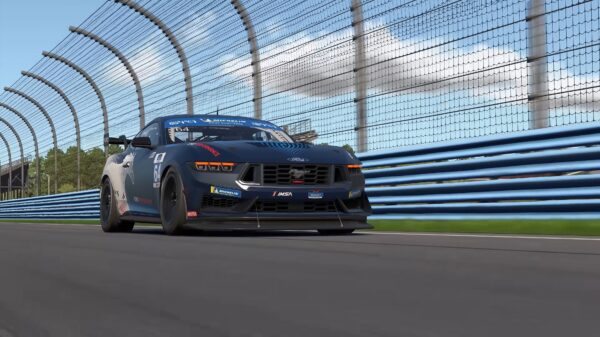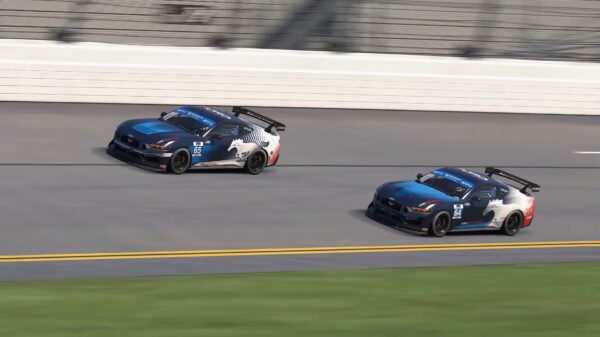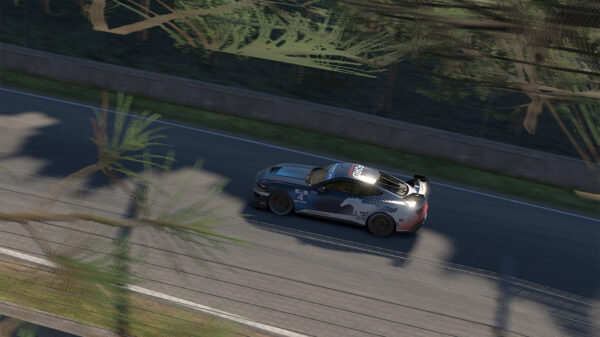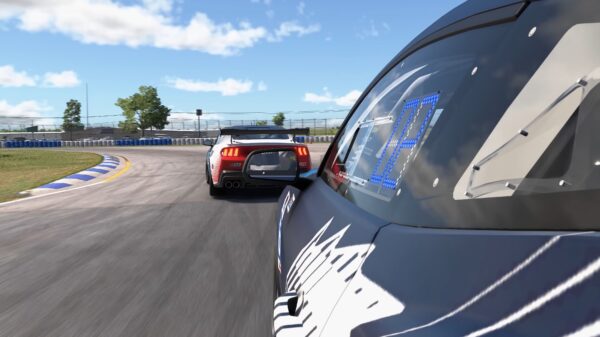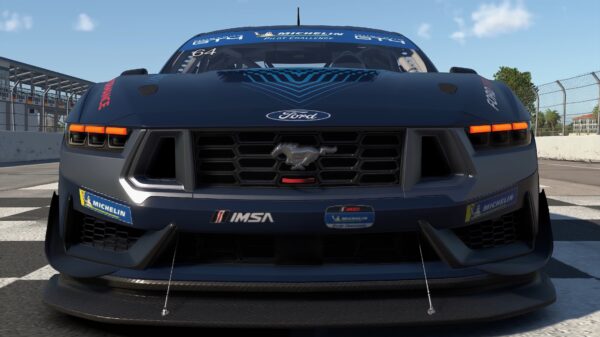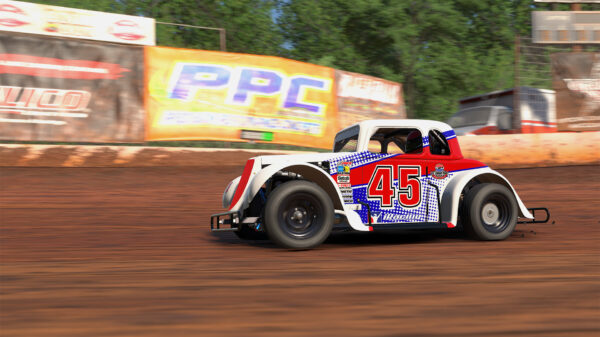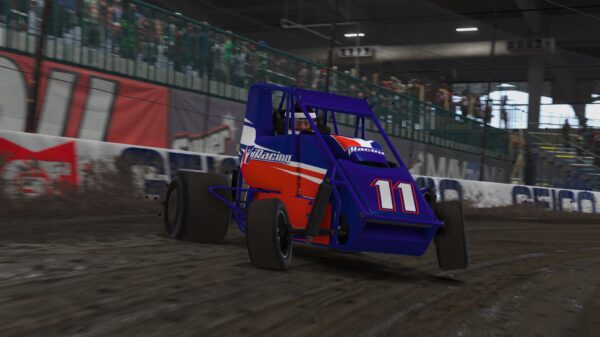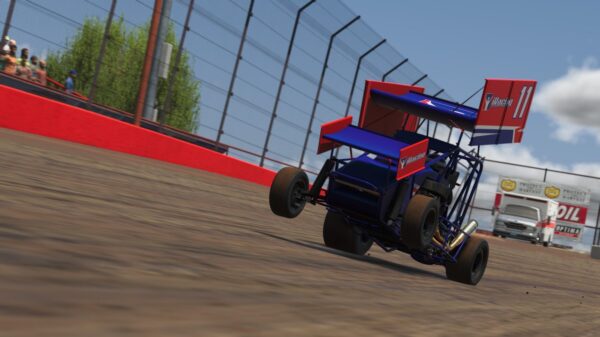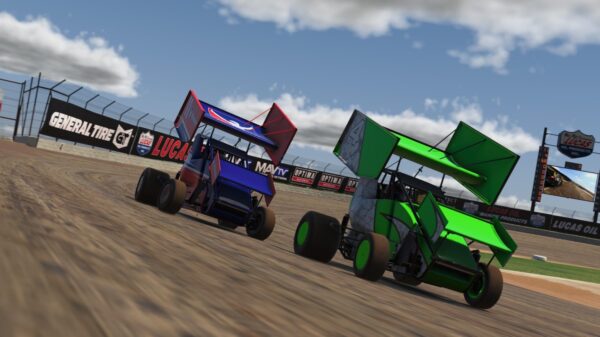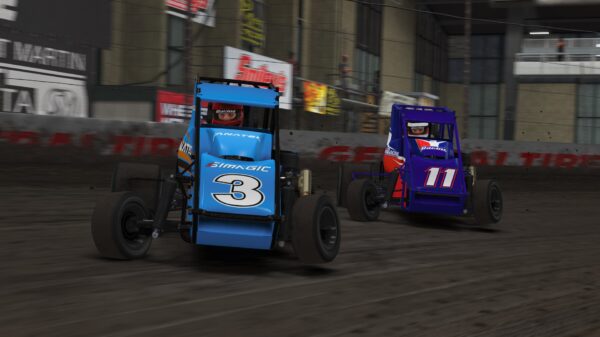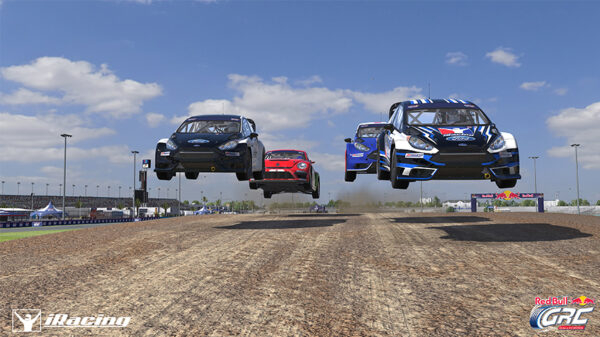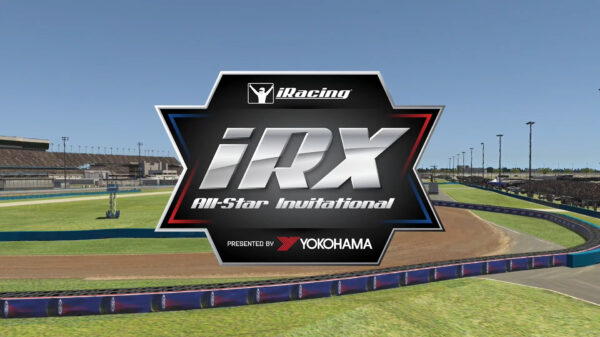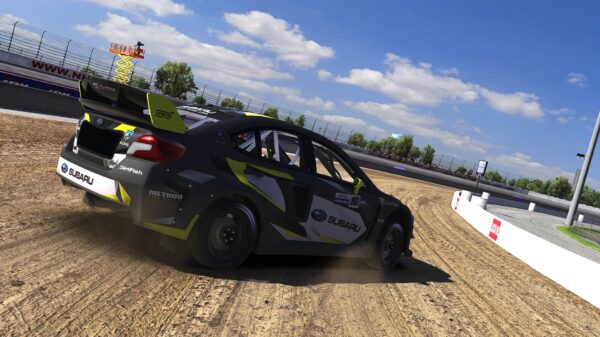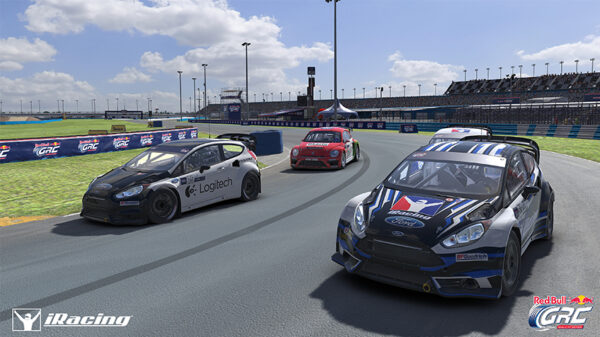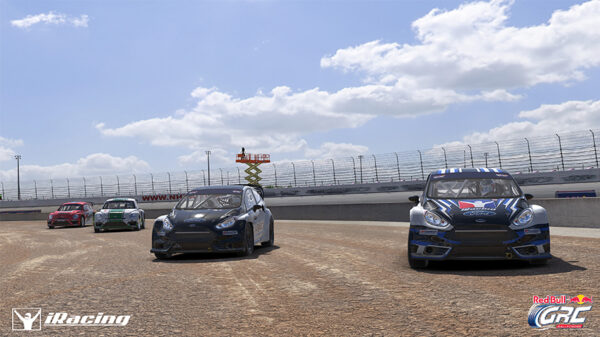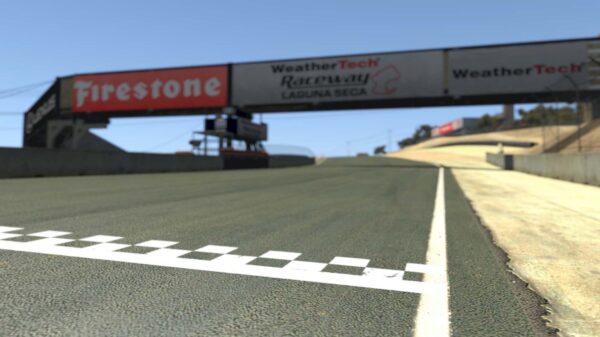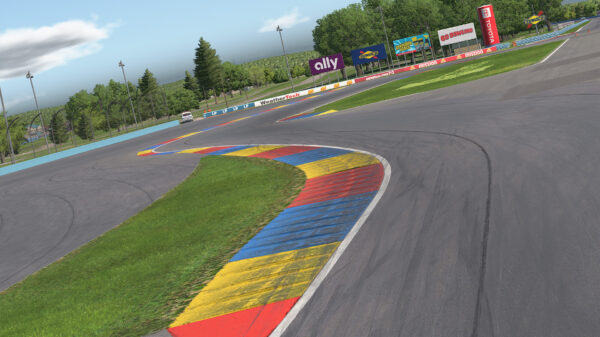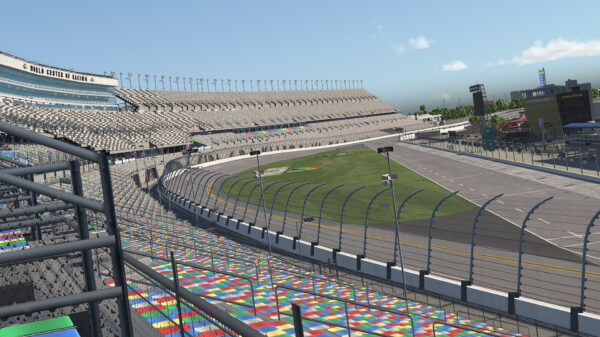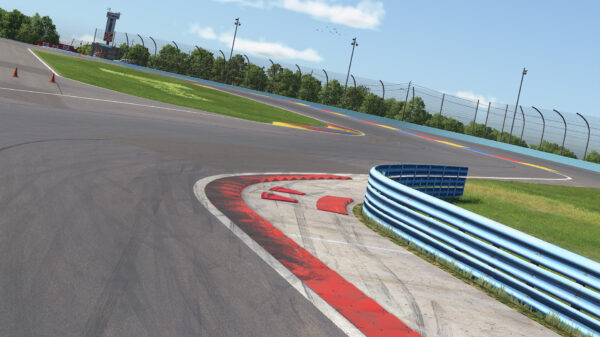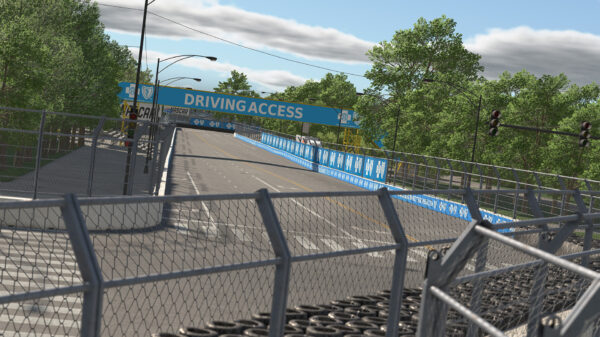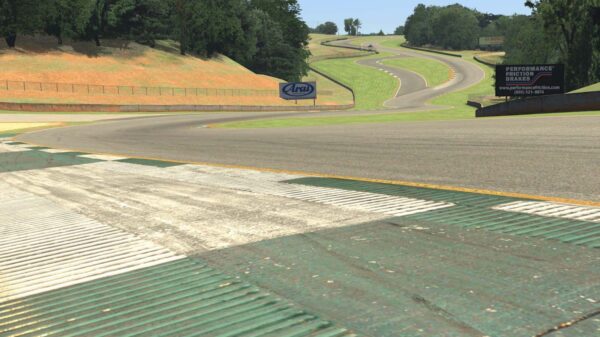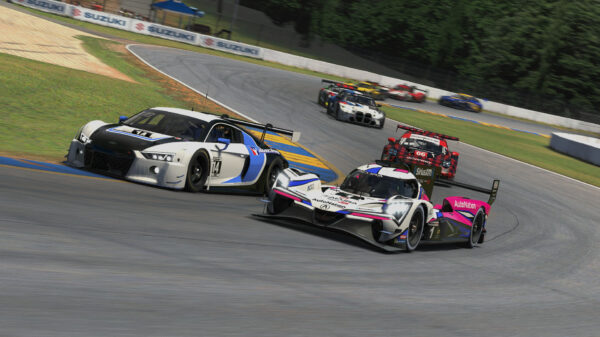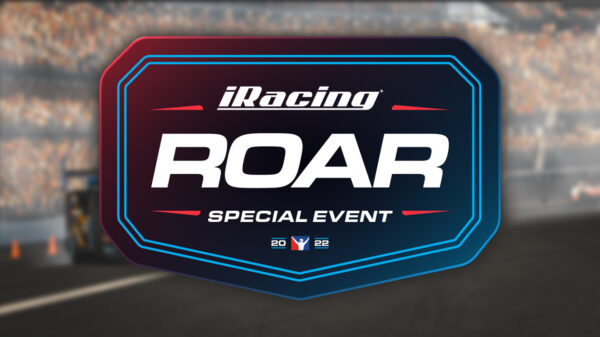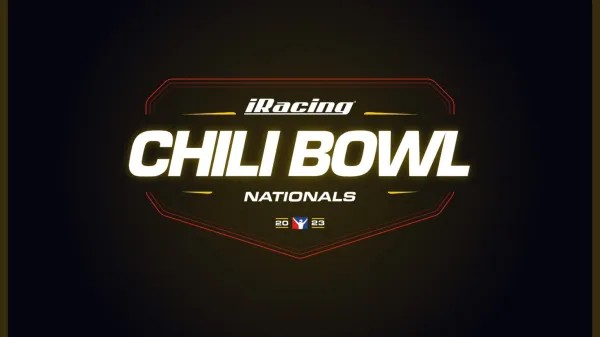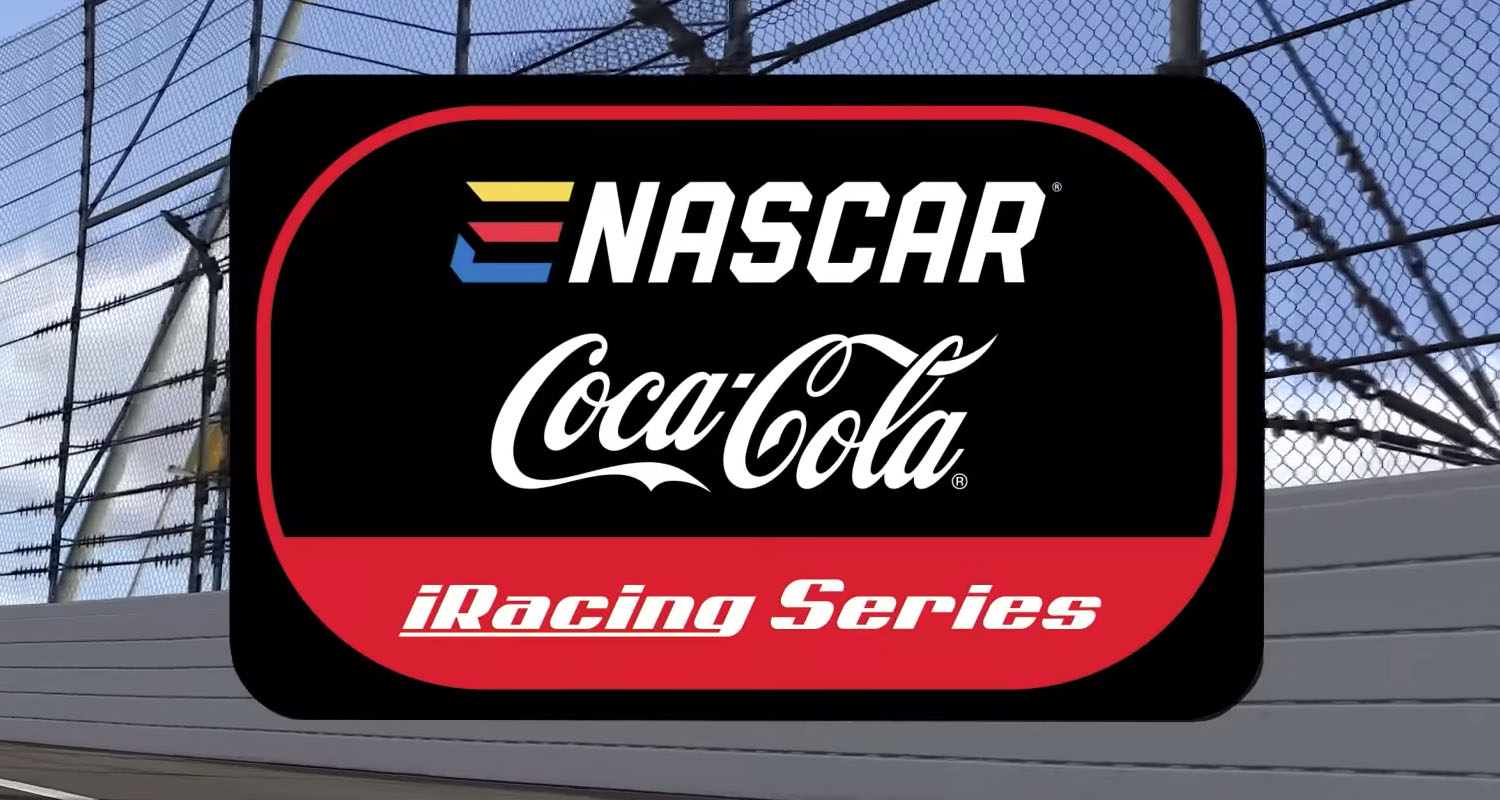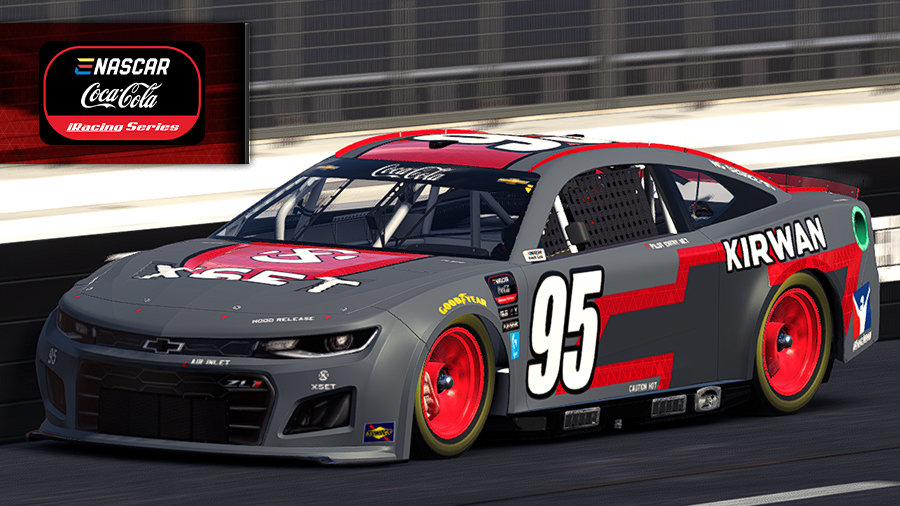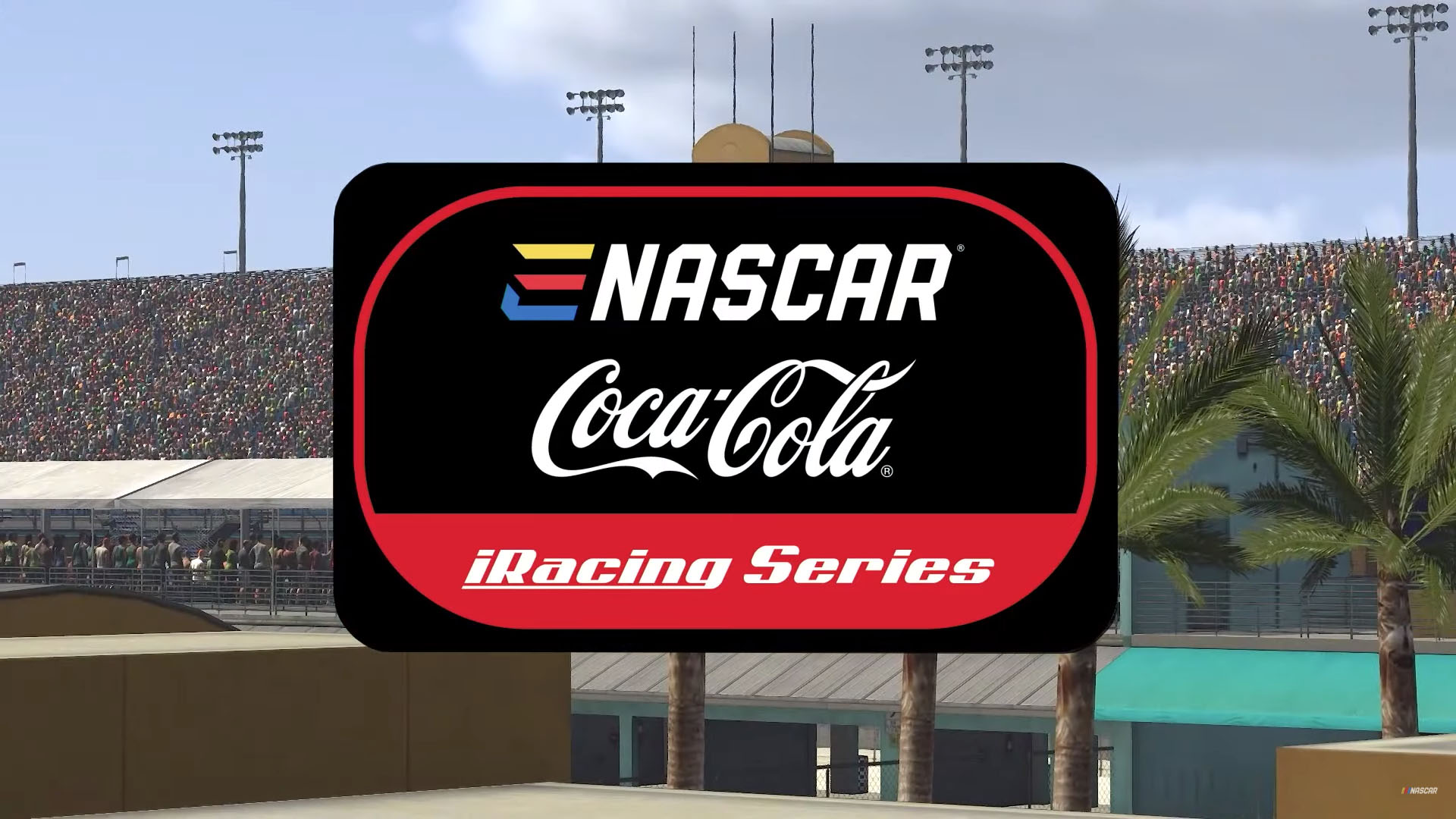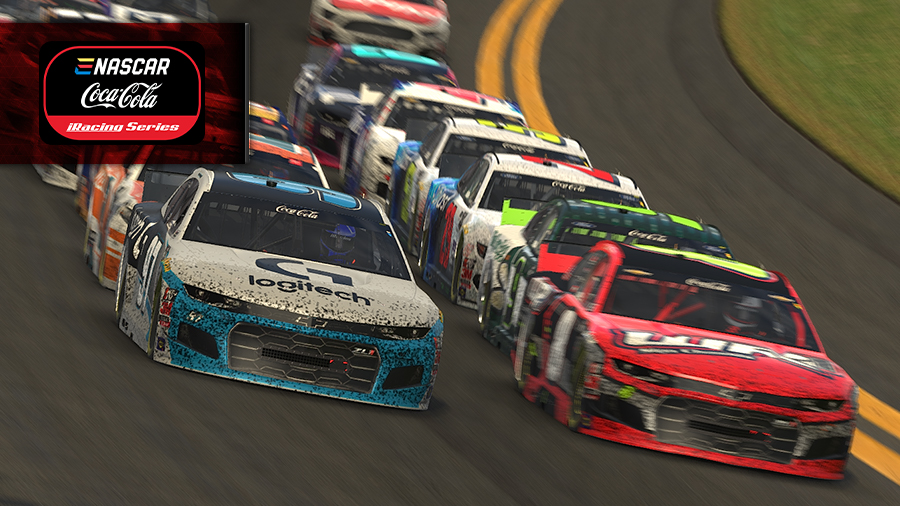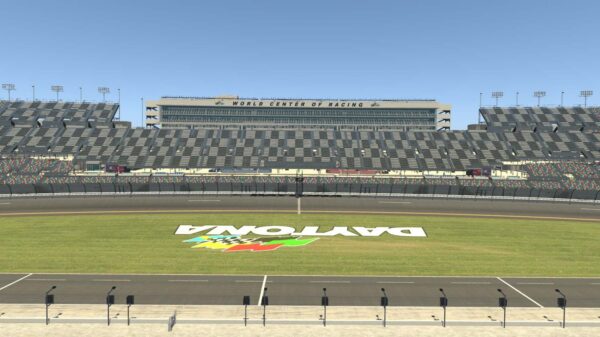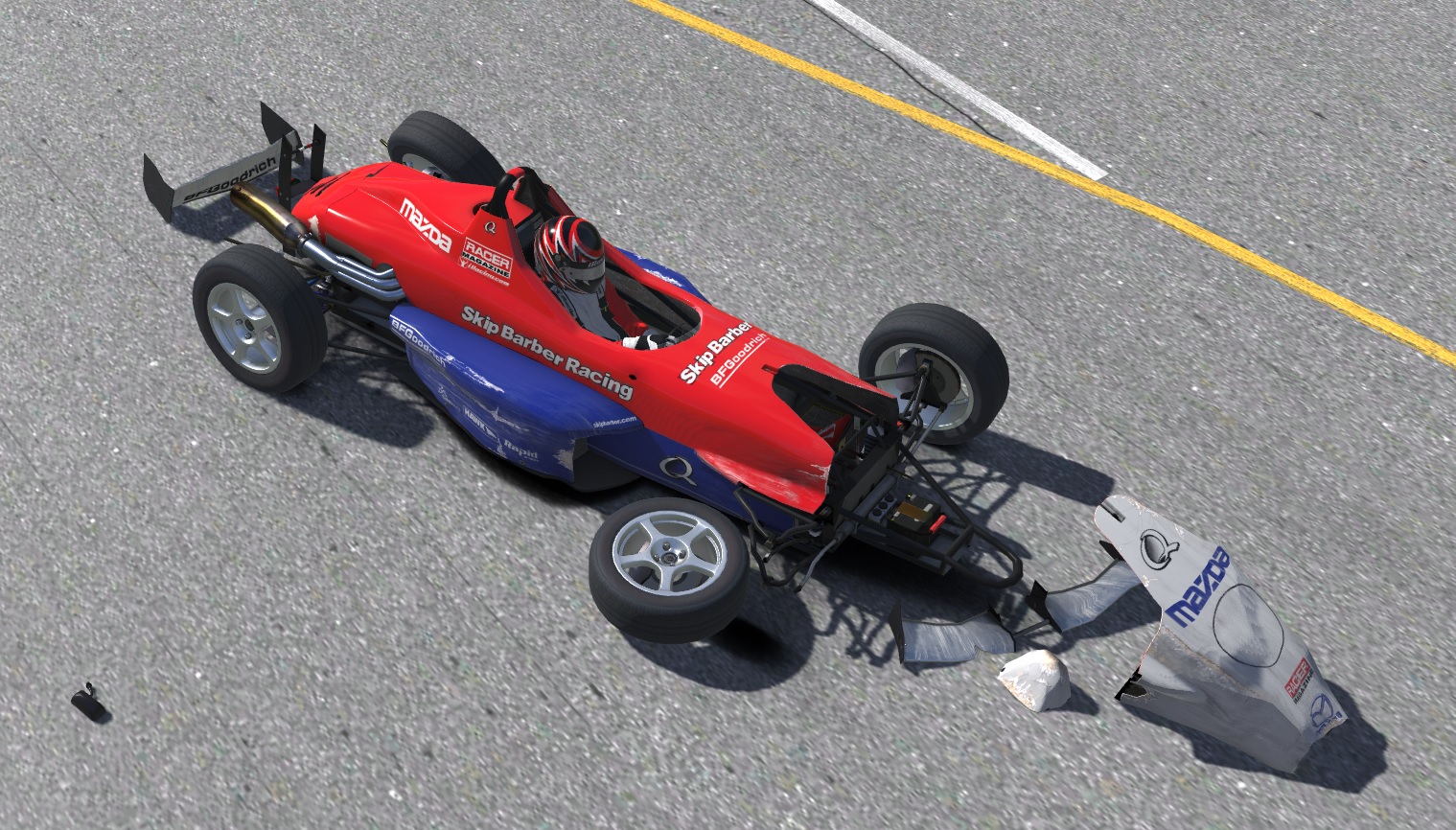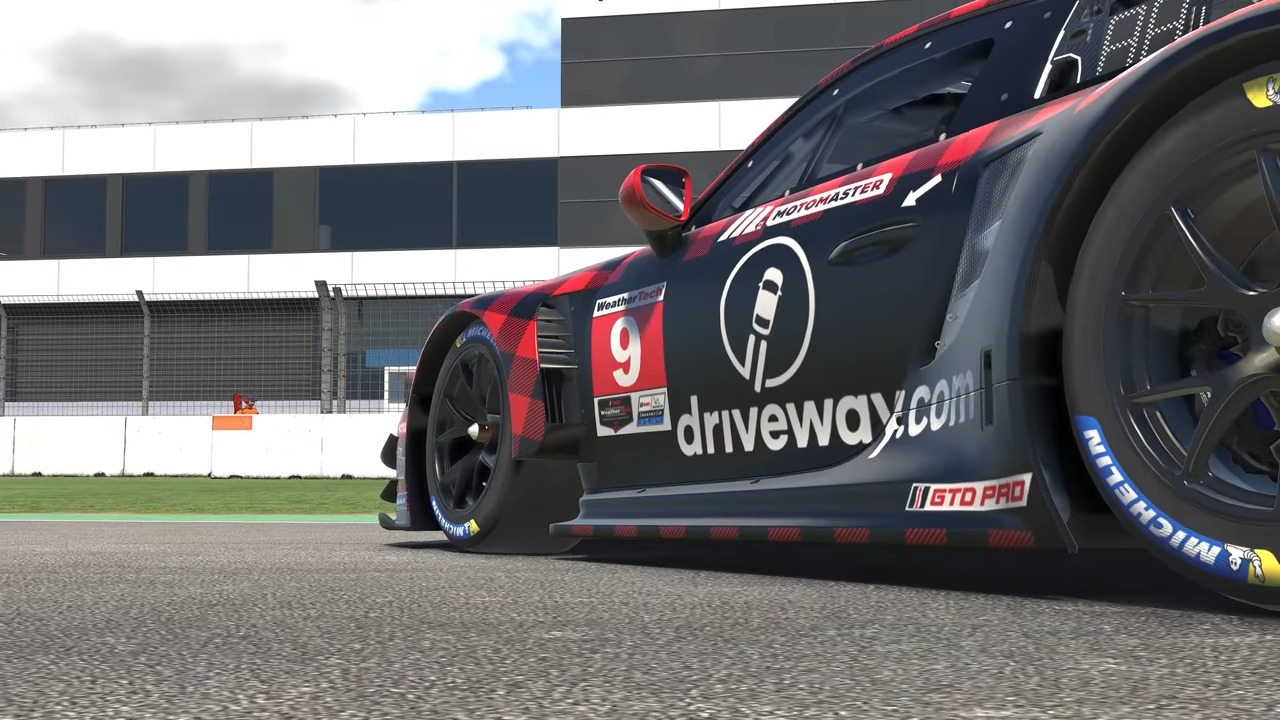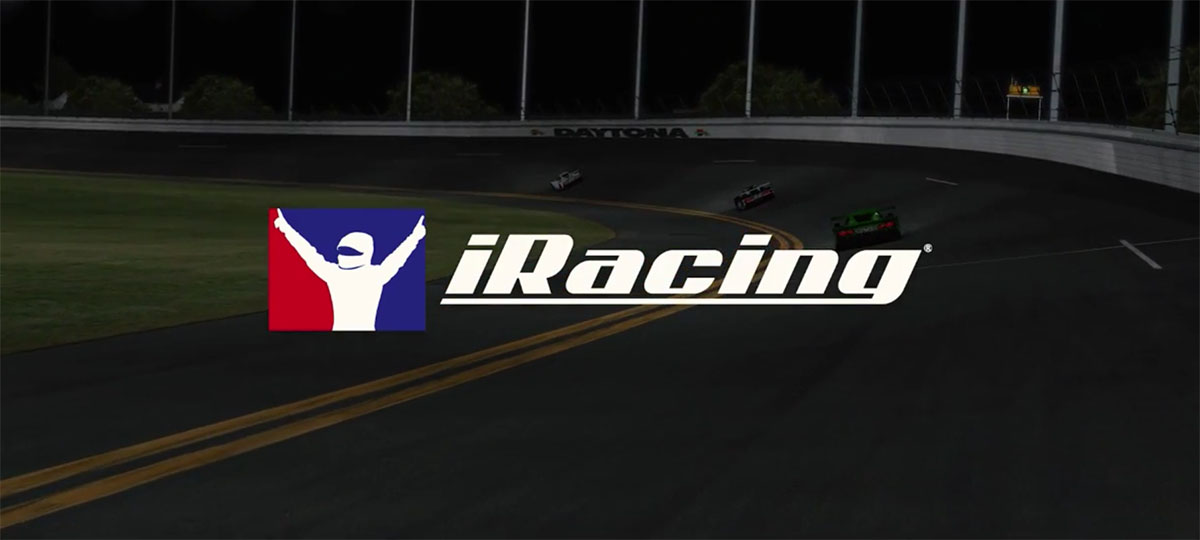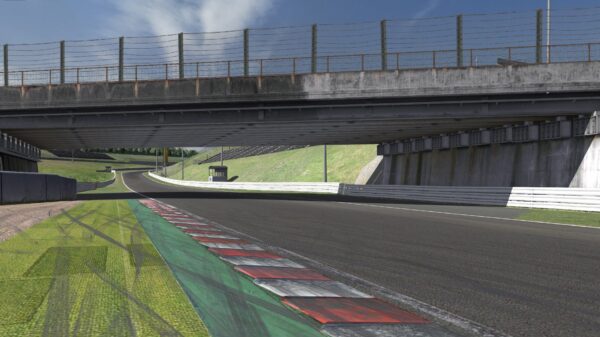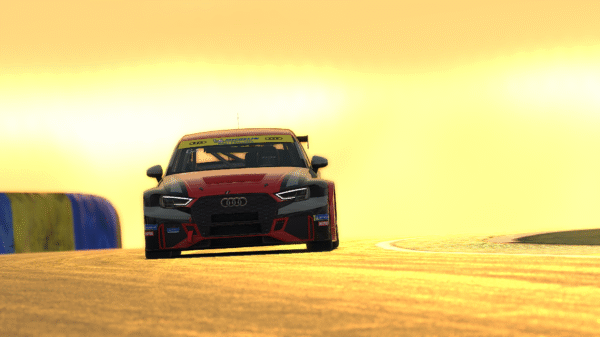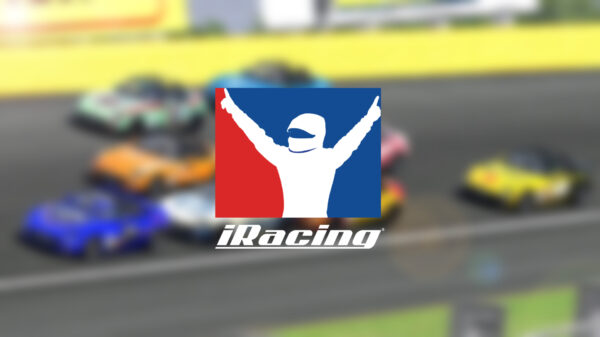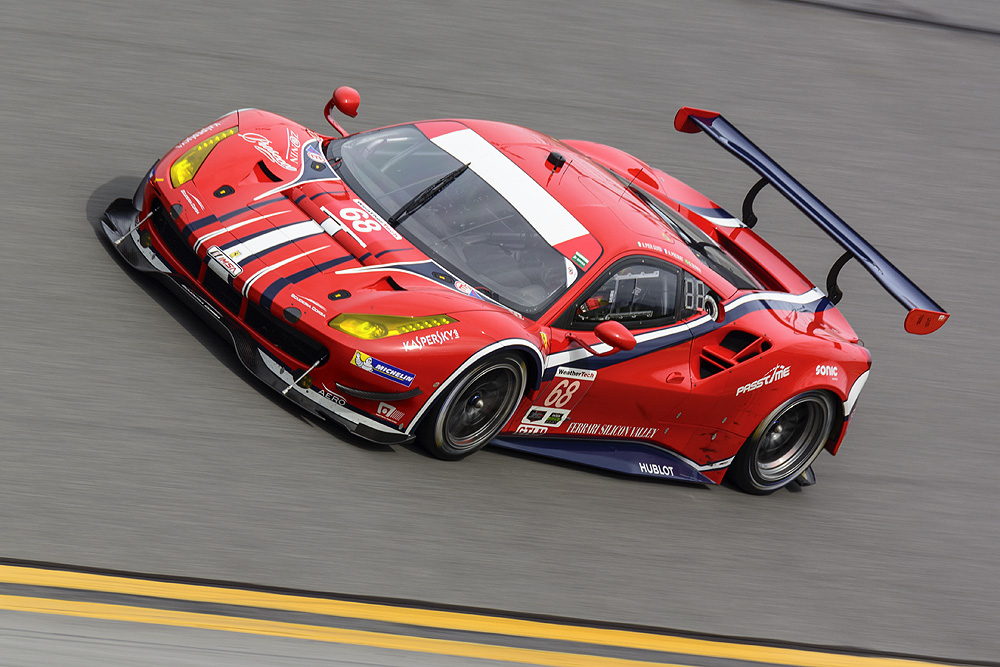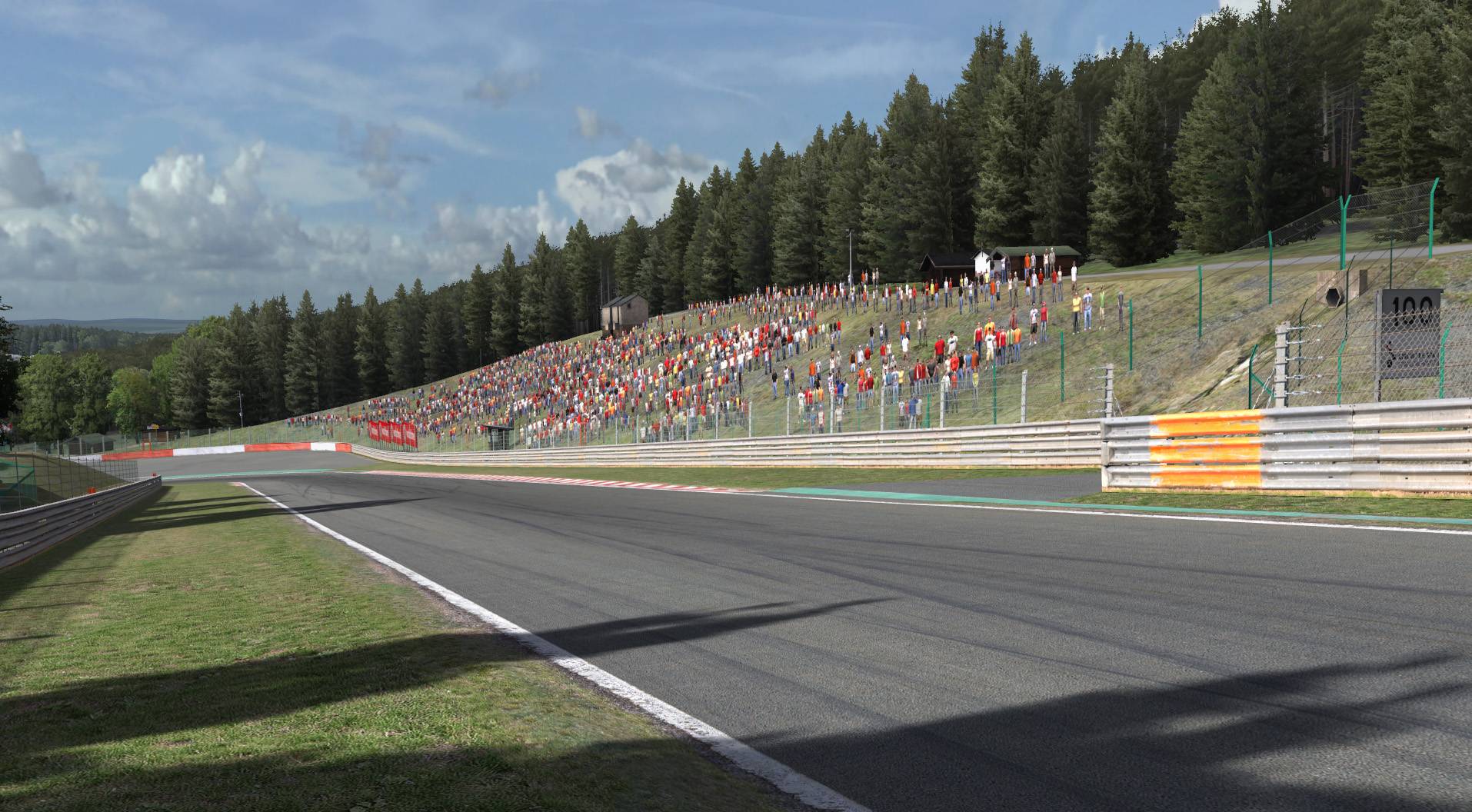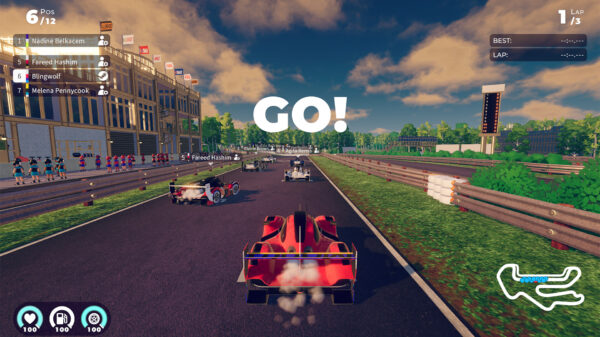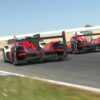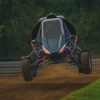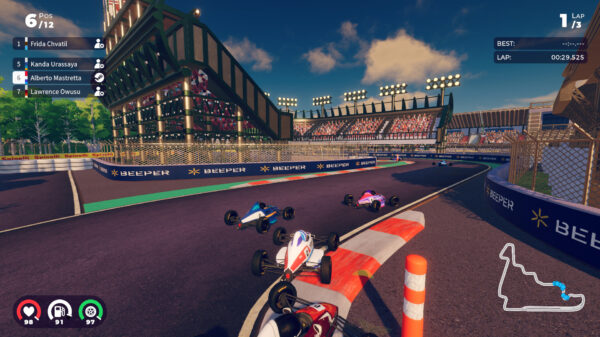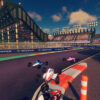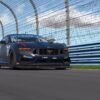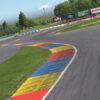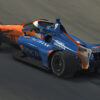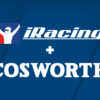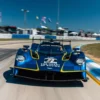Charlotte Motor Speedway’s oval is one of the most recognized circuits in American motorsport, and its iRacing counterpart is no different. While the sim also offers the modern Roval and Legends layouts, the 1.5-mile quad-oval is the traditional centerpiece. This guide breaks down what makes Charlotte unique in iRacing, how the racing typically unfolds, and what strategies help you succeed.
Track Characteristics
Charlotte Motor Speedway’s oval measures 1.5 miles (2.41 km) and is built in the familiar quad-oval design. Its progressive 24-degree banking provides both speed and flexibility in line choice, making it a demanding yet rewarding track to master.
Unlike shorter bullrings or superspeedways, Charlotte’s corners are fast and flowing, keeping drivers on the throttle for extended periods. With lap times in the 28-30 second range for stock cars, the rhythm of each run is defined less by heavy braking and more by throttle control and aerodynamic balance.
Pit road is another critical feature. Entry and exit require precision, especially under green flag conditions. Over-shooting entry can be race-ending, while pit penalties quickly ruin a run. Long green flag stretches at Charlotte make pit cycle execution as important as outright pace.
Racing Style
Racing at Charlotte blends elements of superspeedway pack battles with the strategic depth of intermediate tracks.
- Pack Racing: Especially in NASCAR stock cars, the draft keeps the field tight, and double-wide packs are common. The air is turbulent, and holding the preferred lane becomes a skill in itself.
- Tire Wear: As runs go on, tire degradation becomes the separator. Aggressive early laps often backfire, as conserving tires provides long-run speed. The track surface eats away at grip, requiring drivers to manage slip angle and throttle inputs.
- Draft Battles: While not as extreme as Daytona or Talladega, drafting plays a significant role. Timing a slingshot move or defending with side drafting often decides positions in the closing laps.
In open-wheel and high-downforce machinery, the character changes: dirty air disrupts corner flow, passing becomes tougher, and strategy leans on pit windows and clean air management.
Driving Keys
Success at Charlotte hinges on balancing aggression with discipline:
- Throttle Control – Overdriving corner exits leads to wheel spin and excess tire wear. Smooth throttle transitions keep rear tires alive.
- Line Choice – The high line is forgiving in traffic and preserves speed, while the low line can offer short-term gains but burns the right-front tire. The middle groove often balances both.
- Patience in Traffic – Racing side-by-side is common, but forcing the issue often results in contact. Setting up runs over multiple laps is safer and more effective.
- Pit Stop Strategy – Under green, short-pitting can leapfrog opponents, but long runs punish anyone who pits too early. Understanding fuel windows is vital.
Why Charlotte Matters in iRacing
Charlotte Motor Speedway has long been tied to NASCAR’s identity, hosting the Coca-Cola 600 and All-Star Race. In iRacing, its oval layout represents the essence of intermediate track racing, making it a staple for official NASCAR Cup, Xfinity, and Truck Series competition.
The track has seen multiple updates in the sim, including a full re-scan in 2019 that added the oval alongside the Roval and Legends layouts. Most recently, Charlotte was re-scanned and remodeled again as part of iRacing’s 2025 Season 4 content overhaul, ensuring its visuals and driving surface remain true to the modern real-world facility.
Charlotte’s oval remains one of iRacing’s signature venues. It rewards smooth inputs, smart pit strategy, and an ability to read the flow of pack dynamics. Whether you’re chasing a win in the Coke 600 or logging laps in a casual hosted race, mastering Charlotte means mastering the heart of NASCAR’s intermediate racing style.

